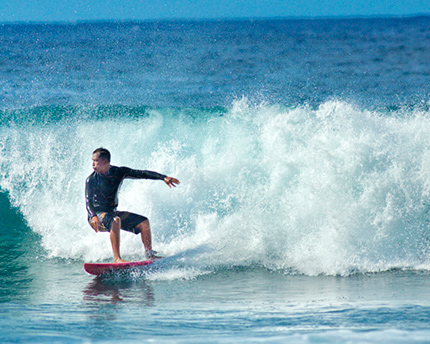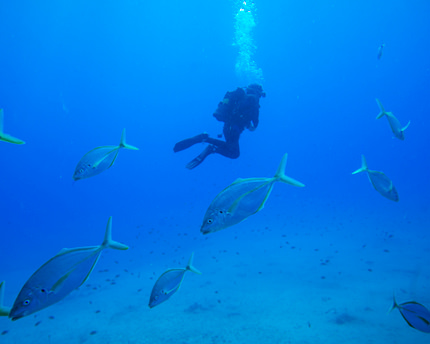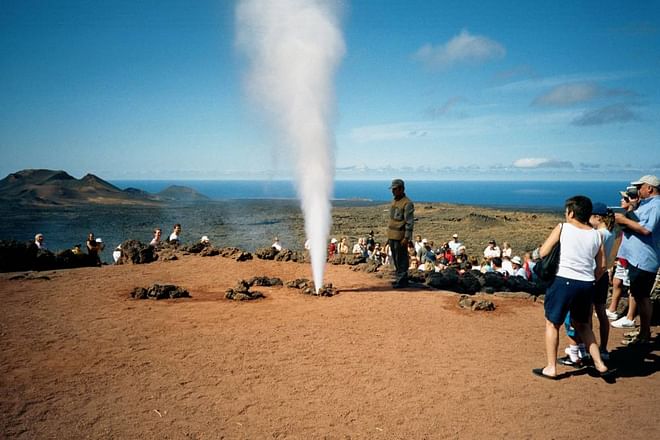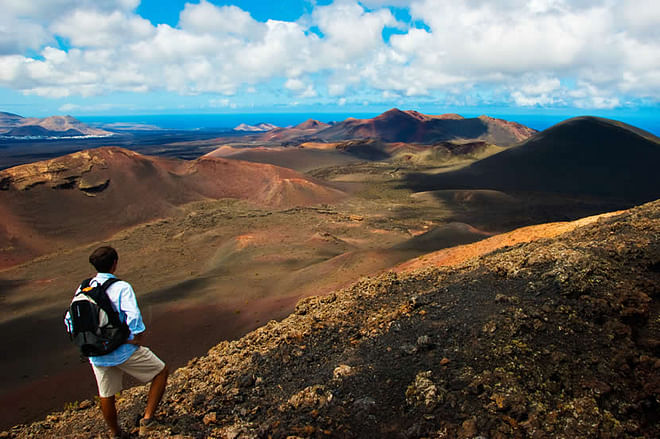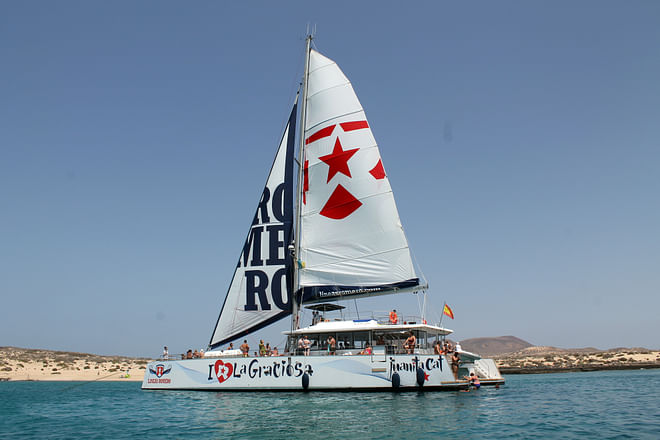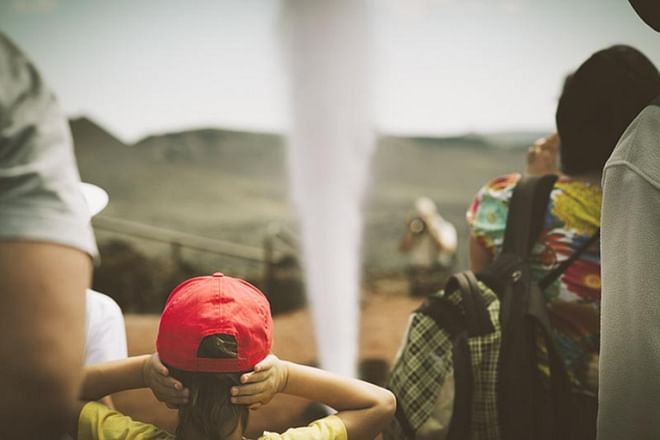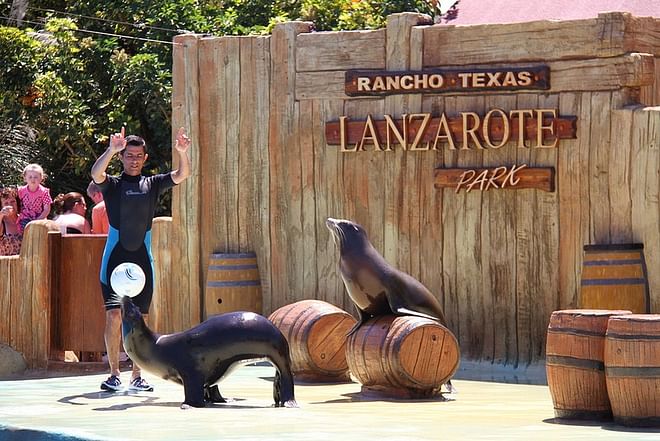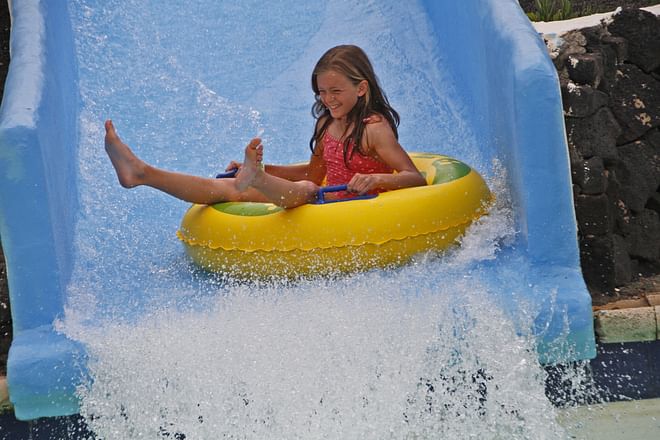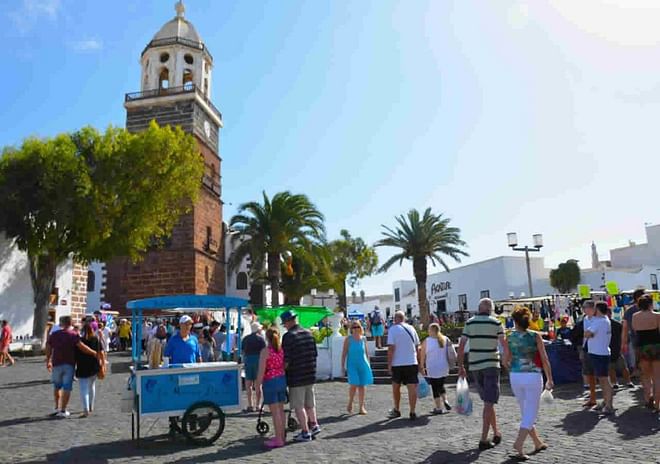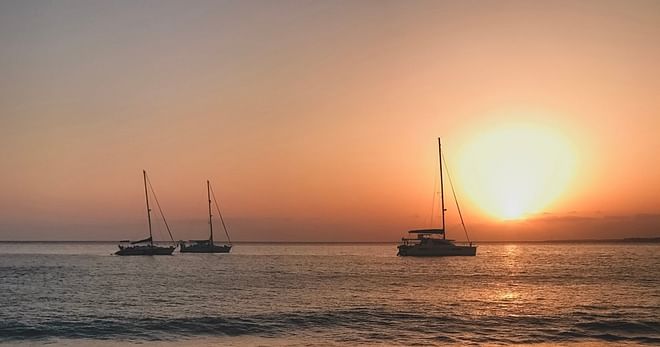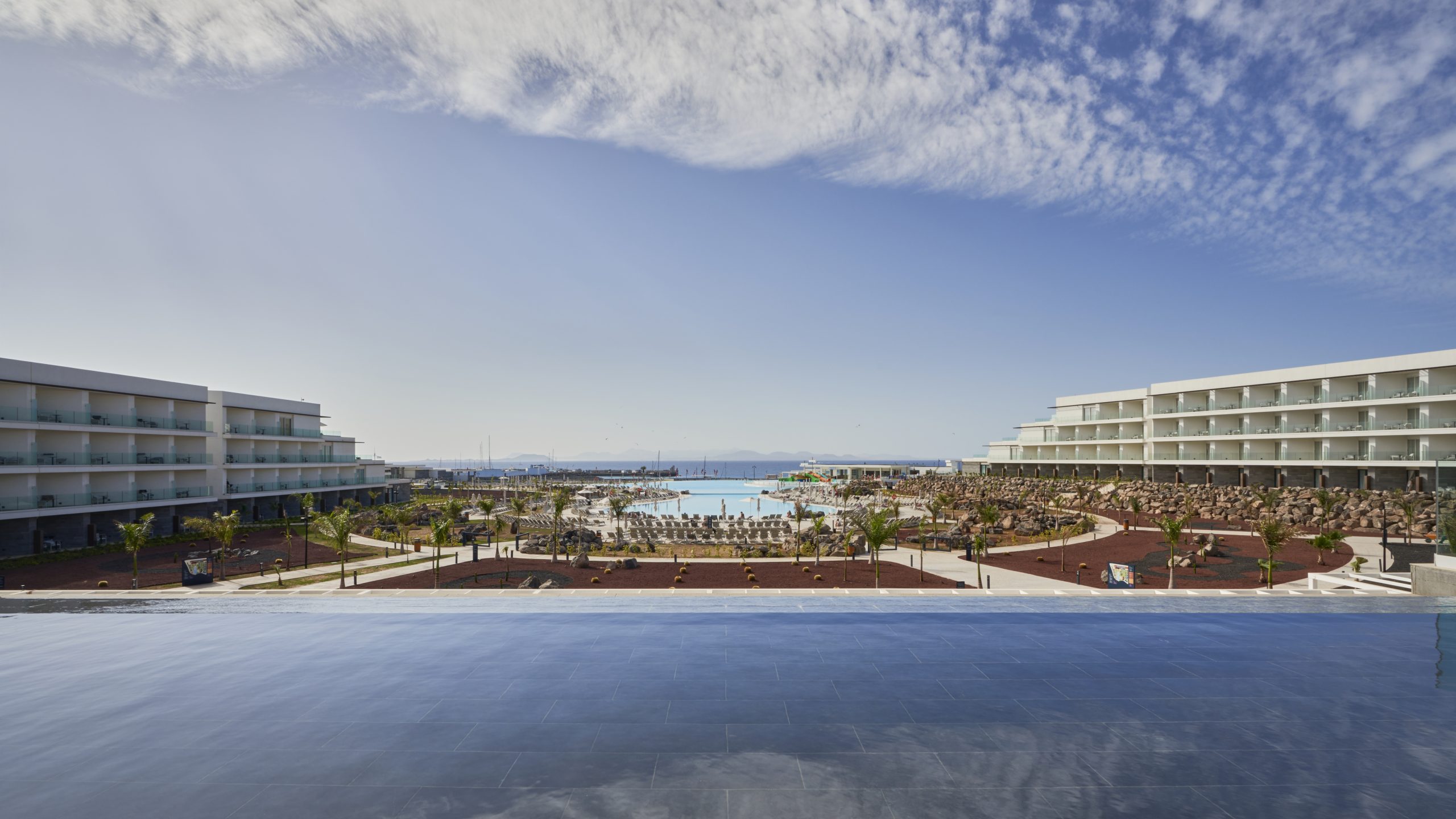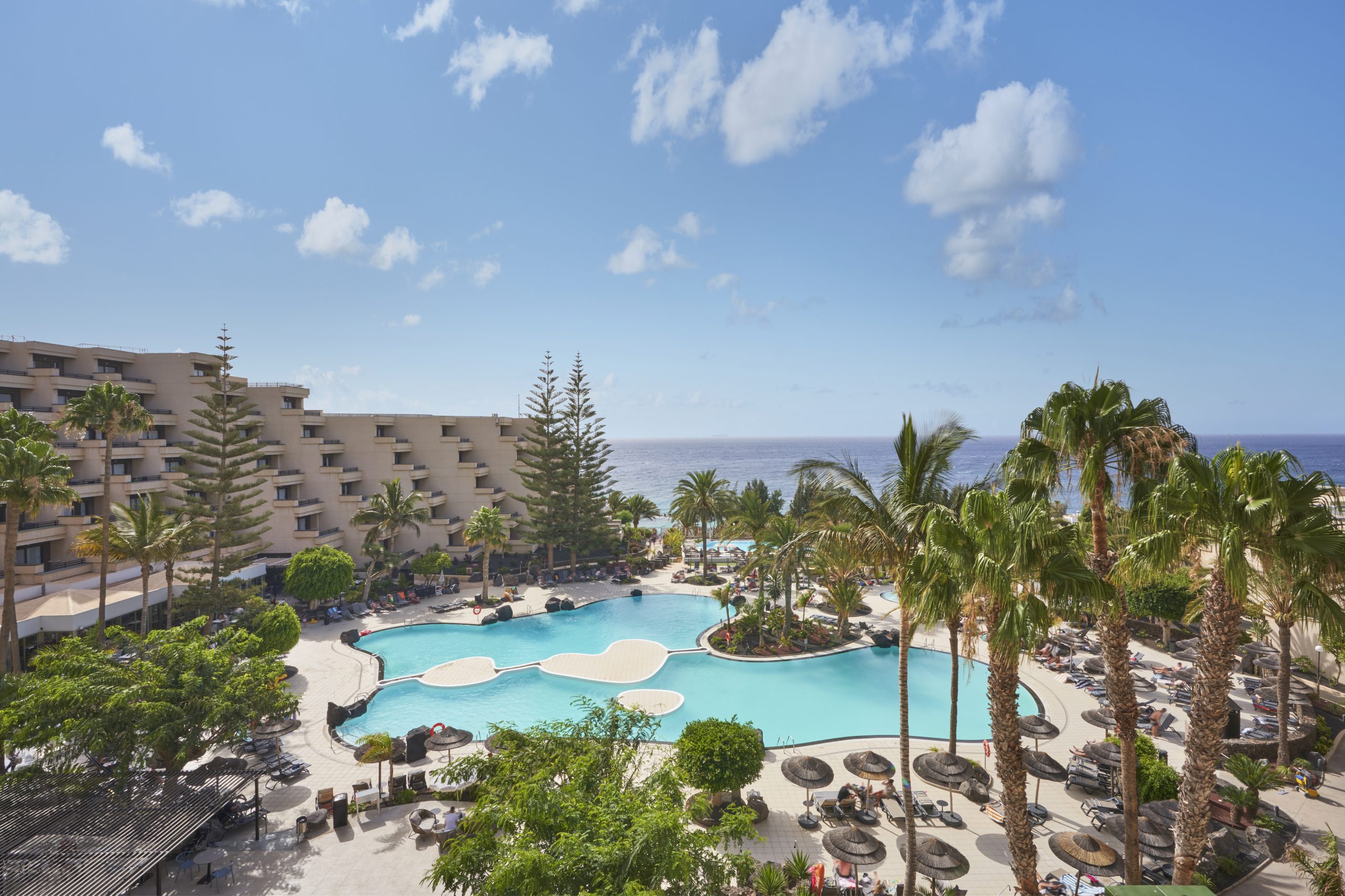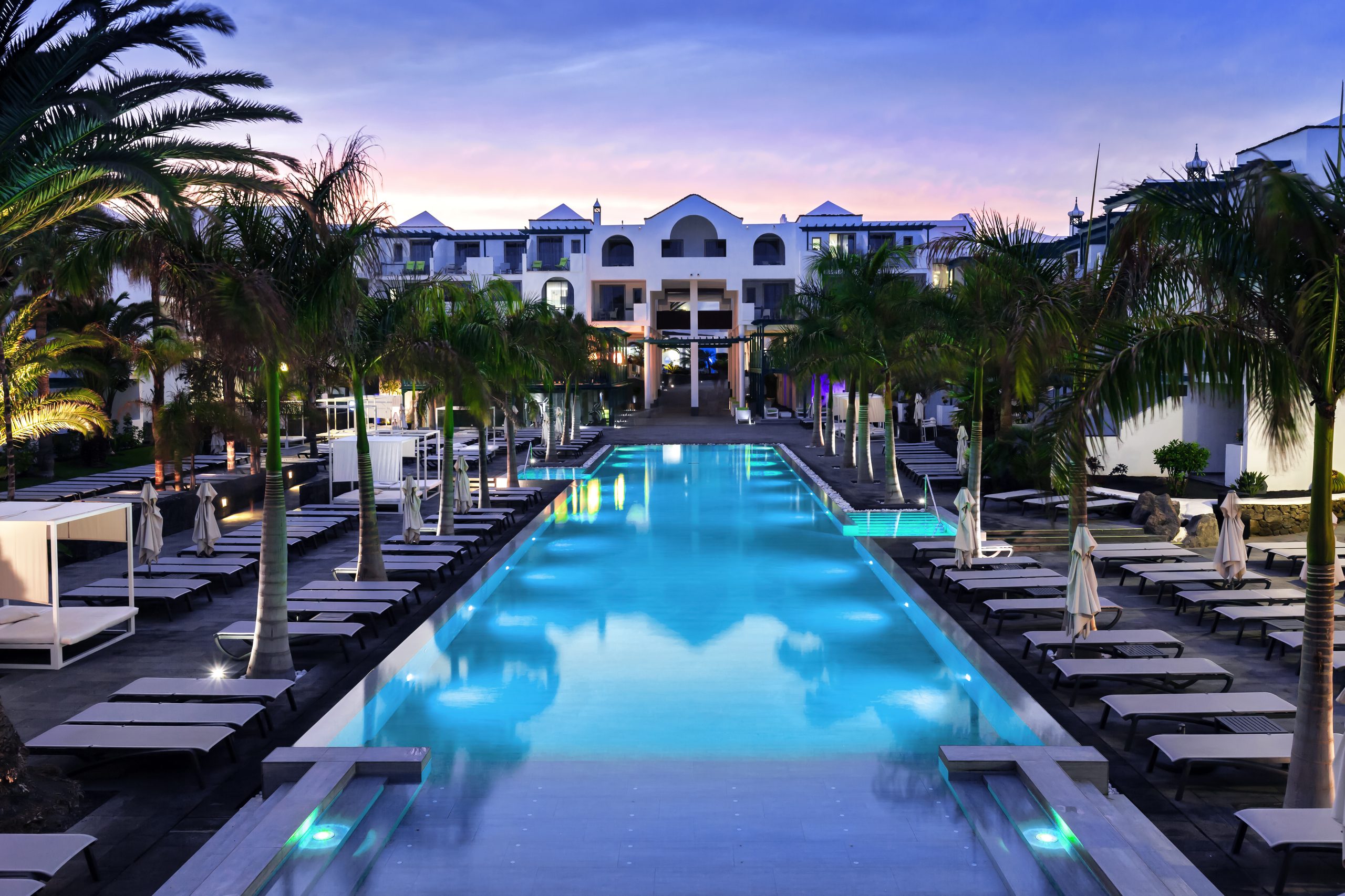The island of Lanzarote, shaped over millennia by countless volcanic eruptions, possesses an extremely varied landscape, criss-crossed by a network of paths available for walking and hiking enthusiasts. The island’s mild climate, combined with the beauty of its scenery, makes Lanzarote the perfect destination to enjoy these pursuits. Having taken the decision to go hiking, all that remains is to select the route — whether it be a zig-zagging itinerary along the vertiginous Famara cliffs, a climb to the peak of majestic Montaña Colorada, a stroll around the ancient salt flats, the Salinas del Río, or a trek through the desert-like landscape of El Jable. These are just a few of the hiking trails on offer on Lanzarote. You will find more information about them below.
A selection of hiking trails in Lanzarote
From Femés to Playa Quemada
In the main square of Femés, a tiny village in the south of Lanzarote, you will find a highly colourful information panel. Each colour represents one of the many hiking routes from the village, the purple-coloured route being one of the most popular. With a low-medium difficulty rating and covering a distance of around 7 kilometres, this walk takes us to Playa Quemada, one of the municipality of Haría’s most iconic beaches. This three-and-a-half-hour hike takes us through Los Ajaches, an ancient volcanic formation which has many wide valleys and hills caused by erosion. This is also an area with an abundance of archaeological sites, countless fossils, and caves belonging to the Majos, the island’s original inhabitants.
From Yé to the Volcán de la Corona
To start this hike, we first make our way to the far north of Lanzarote, to the little village of Yé. This is the point of departure for a walk with a low difficulty rating that takes in areas planted with fruit trees, vines and prickly pears, up to the top of the Volcán de la Corona, which at a height of 609 metres, is the island’s most imposing volcano. Having arrived at the summit, we can enjoy the panoramic views, but we can also see the inside of the crater, home to such representative species as the bejeque [aeonium canariense] and the navelwort. Covering a distance of only 5 kilometres, this gently sloping walk would be especially suitable for families with children.
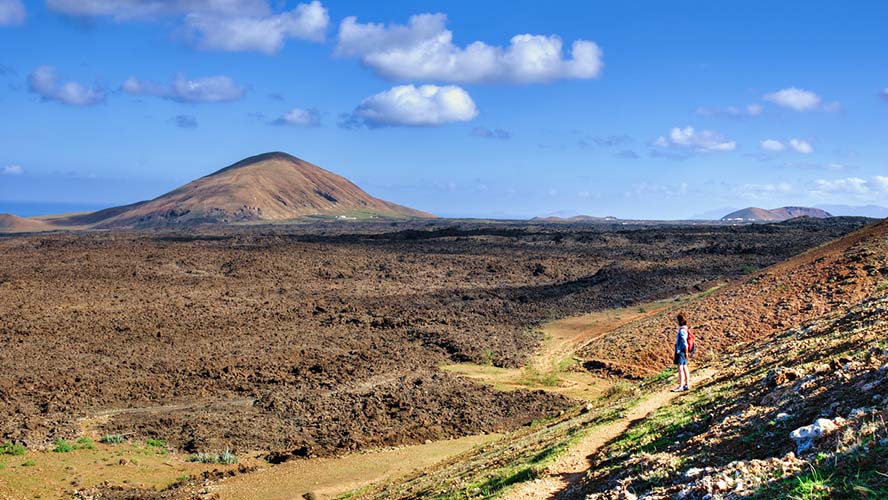
Camino de Los Gracioseros
This hiking trail, which also starts from the little village of Yé, takes us directly to the Salinas del Río salt flats, a unique spot in Lanzarote for two reasons: firstly, these salt flats can claim to be the oldest in the Canary archipelago and secondly, they are the closest point to the neighbouring island of La Graciosa. The point of departure for this route is in the car park at Las Rositas. The zig-zagging path goes down the steep Famara cliff, and ends at the wild beach of El Risco. This is a 9-kilometre walk, there and back, with a medium-high difficulty rating. It requires suitable footwear and a degree of experience.
From Caleta de Famara to El Bosquecillo
Our next trail is even more challenging. In this case, we need to find the starting point in Caleta de Famara, a tiny fishing village halfway between the desert-like terrain of El Jable and the vertiginous cliffs known as the Riscos de Famara. These cliffs, with their striking, vertical walls, overlook the sea, and conceal a hidden path once used by Haría’s agricultural workers. Today it can be used by determined hikers, as it climbs almost 600 metres over a distance of 6 kilometres, before reaching El Bosquecillo, a kind of viewing point over the coast, which has the odd picnic table and benches.
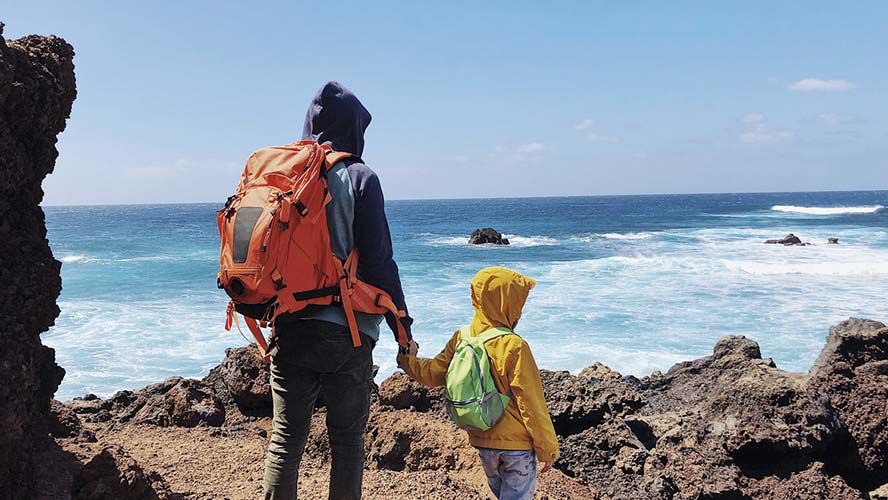
The route to Montaña Colorada
The hike to Montaña Colorada, the last volcano resulting from the 1730 eruption of Timanfaya, is one of Lanzarote’s most popular. From the nearest town, Tinguatón, the LZ-56 road leads to the starting point for our hike, the Montaña Colorada car park. From here, we can begin our ascent of the volcano, along a 3-kilometre path with plenty of information panels to tell us all about the island’s volcanic activity. As we climb, we can admire the impressive views of the area’s other geological features, such as the neighbouring Volcán del Cuervo and the Montaña Negra. Of course, we must make sure we visit the Bomba Volcánica Gude, a gigantic chunk of lava that stands on the side of the volcano, spat out of its entrails almost 300 years ago.
Ruta Termesana
This, our final trail, leads us directly to the Timanfaya National Park — without a doubt, Lanzarote’s best-known natural space as far as the rest of the world is concerned. Due to the high level of environmental protection accorded to the area, this walk must be undertaken with a guide, so we need to contact the Mancha Blanca Visitor and Interpretation Centre directly. The hike is rated as being of low difficulty; it covers 2 kilometres and takes up to 3 hours to complete. During the walk, the guide will provide interesting information about volcanology and the effects of volcanic activity on the local landscape. If we’re lucky, the guide will also show us some examples of the park’s fauna, particularly the Haría lizard.
Organised walks
If you want to guarantee the success of your walks and hikes in Lanzarote, you will be interested to know that there are any number of businesses and clubs involved in organising these types of activities. You could, for example, contact the Servicio Insular de Deportes [Island Sports Service], a public body that organises sporting activities in natural settings.
There are also companies such as Senderismo Lanzarote and Canary Trekking, that offer tourists the opportunity to walk the island’s landscapes accompanied by guides who can provide information about nature.
Where to stay in Lanzarote
One of the hotels best adapted to the tastes and needs of sports lovers on the island is the Barceló Lanzarote Active Resort. It is located in Costa Teguise, one of Lanzarote’s most central locations, allowing you to reach any of the island’s trails in half an hour or less by car. This four-star resort offers 659 spacious rooms, sleeping between one and five people, and has a very energetic and active concept, ideal for those looking for a balance between exercise and wellness during their holiday. In addition, with the incentive of enjoying a good and varied gastronomy in the different bars and restaurants of the complex and enjoying other leisure options, such as daytime entertainment and evening shows.
The Barceló Lanzarote Royal Level hotel is also located within the resort, a real haven of luxury and privacy, where you can enjoy exclusive services and areas for its guests. For example, ideal for recharging your batteries after a long walk around Lanzarote, there is the Royal Level Asana buffet, with themed showcookings during dinners based on Spanish and international cuisine. As for the 155 rooms, they stand out for their size and modern design (with the latest technology), in three different categories: Junior Suite Deluxe, Deluxe Sea View and Junior Suite Deluxe Sea View.
Also in the municipality of Teguise is the Barceló Teguise Beach hotel. This adults-only accommodation is located on the seafront. Among its many attractive details, the fact that most of its 305 rooms have hydro-massage bathtubs, both indoors and outdoors, stands out, while the decoration is inspired by local architectural details. A highlight of this Barceló Teguise Beach hotel is the gastronomic offer of its bars and restaurants, which are very avant-garde. Among them, B-Lounge Cocktail Bar, Breeze (Gastro Pool Bar), Champs Sports Bar and Atlantic Buffet. In addition, there is a complete Wellness Centre, two outdoor swimming pools and a gymnasium.




































































